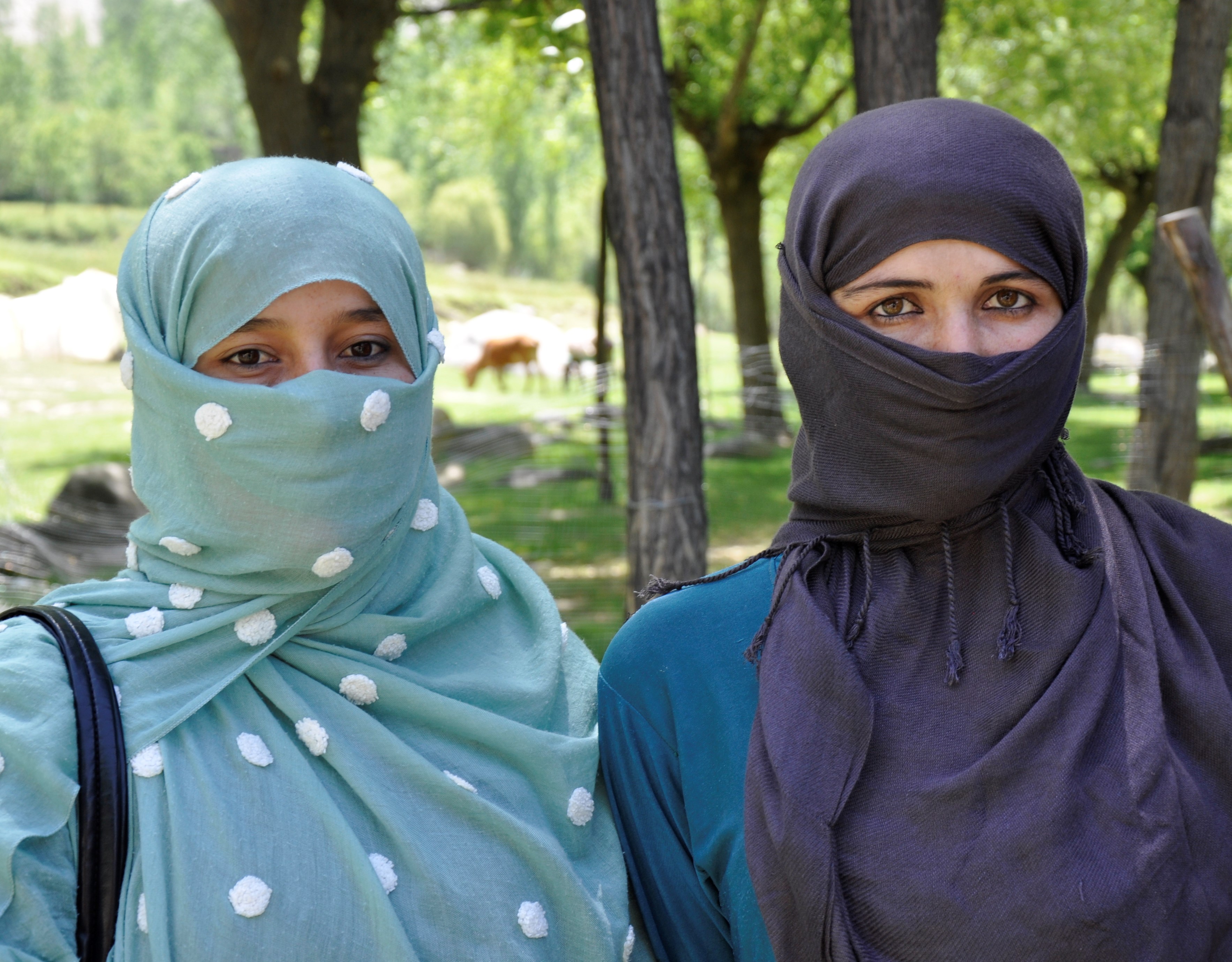A school to love – as long as the weather is warm and dry

Is this a school or to a summer camp? Swedish kids would love this place. The school yard is a lawn, next to a roaring river. But soon the children would realize that when it rains or when it gets cold in the autumn, it is not so nice to have classes in tents and under plastic sheeting.
Swedish Committee for Afghanistan (SCA) mostly works in rural areas, where the majority of the Afghans live. Afghanistan has become more insecure which means that it has become increasingly difficult to visit programme activities in more remote villages, it is particularly difficult for us who are foreigners. But in the province of Takhar, it is considered safe to travel in almost all districts. After almost three hour of driving through the valley of Warsaj I arrive in Wiroof; a village where my cellphone can’t be reached and where they claim to have the best cherries in Afghanistan.
I thought that a lot would be different if I just managed to visit a really remote area. But in Wiroof I hear the same stories as elsewhere in Takhar. The workings methods are the same as in other Community Based Schools SAK operates. The local community takes responsibility for arranging school buildings, digging latrines, ensure access to drinking water, etc. SCA is responsible for everything that has to do with the education as such.
And like elsewhere everyone certify that SCA does a good job. School books are in place when the semester starts, the teachers receive their salaries on time, the teachers receive regular training and SCA employees are in close contact with the school and ensure that everything runs the way it should do. But, just as in many other places the villagers have something that they deeply and sincerely desire from SCA.
“We need help from SCA to build a proper school”, says the Headmaster Azizullah.
The few schools that SCA has the capacity to build in a year are far from enough to satisfy the demands from all the villages that lack a proper school. In Wiroof the local community stands up for their school, says Amanuddin, who is chairman of the local School Management Committee. One example is the access road to the school, which the villagers themselves have built. The next project is to build a storage room for school books. But the area is poor and there is not enough money for a school building.
The school has 190 students in grades one to six. There are seven teachers, six women and one man. I ask for permission to talk to some of the female teachers. They share the view that most things work well, and just like the men they have a proper school building at the top of the wish list.
“We have been on the SCA’s training for teachers, and we consider them to be of good quality. SCA have trainings both in Taloqan, and also near the village, and for us this is better if it is near”, says Fahimza.
Fahimza is a university trained teacher and Ramza have completed a two-year teacher training. But even though they are well educated they are not in the same position as the men around them. When the time has come to take pictures it is done secretly, so that none of all the men standing on the school yard can see that they allow themselves to be photographed.
“I’m married, and my husband support my decision to work outside home”, says Ramza